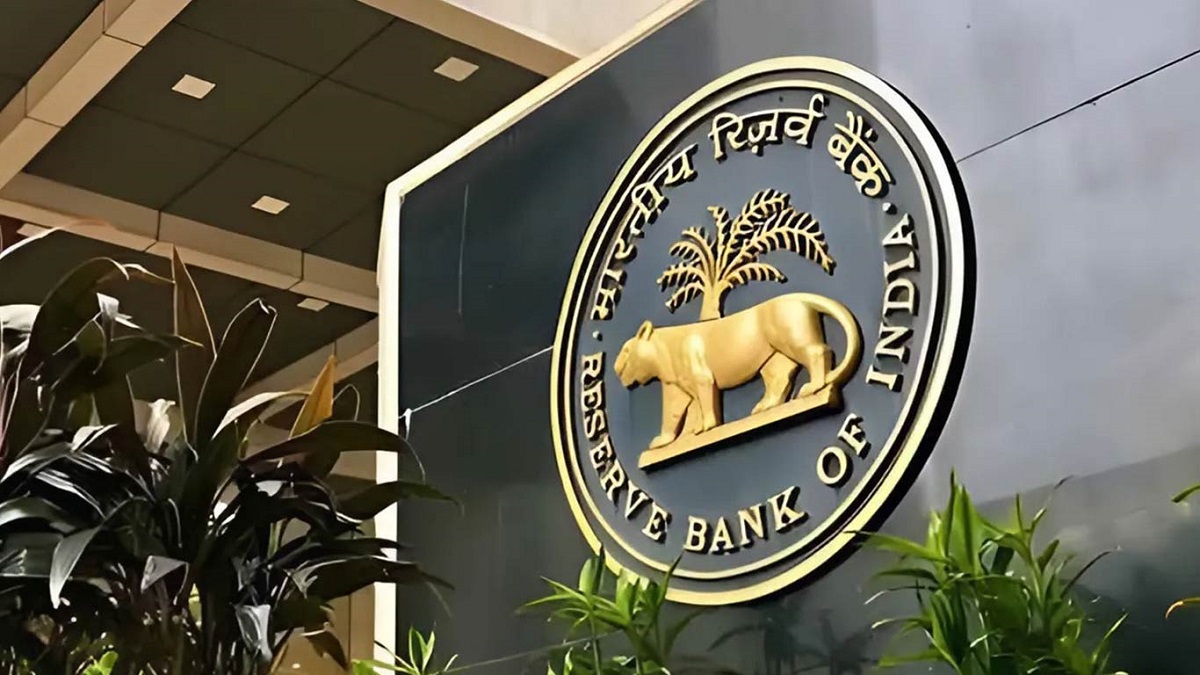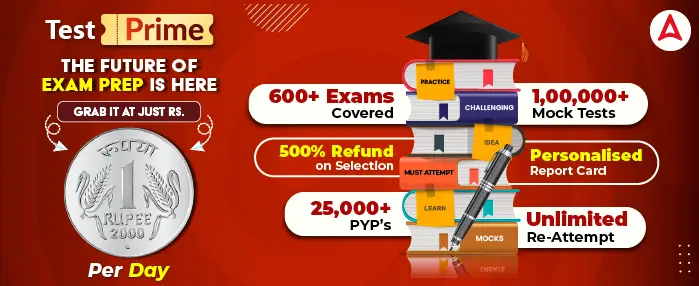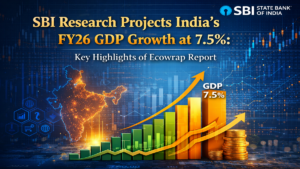The Reserve Bank of India (RBI) has reported that the All-India House Price Index (HPI) grew by 3.1% year-on-year during the January–March quarter (Q4) of FY2024–25. This marks a continuation of the growth rate observed in the previous quarter, although it is moderately lower than the 4.1% annual increase recorded during the same period last year.
The update comes as part of the RBI’s quarterly HPI release, which serves as a critical benchmark for policymakers, banks, housing finance institutions, and real estate developers tracking the trajectory of India’s urban housing market.
Data Source and Coverage
The RBI’s House Price Index is based on transaction-level data collected from property registration authorities across ten major Indian cities, namely:
- Ahmedabad
- Bengaluru
- Chennai
- Delhi
- Jaipur
- Kanpur
- Kochi
- Kolkata
- Lucknow
- Mumbai
This data set is designed to reflect authentic market-based pricing trends, making it a reliable tool for assessing the health of the residential property sector.
Quarter-on-Quarter Trends: A National Uptick
On a quarter-on-quarter (QoQ) basis, the national average house prices rose by 0.9% in Q4 FY25. This sequential growth, though modest, signals ongoing demand resilience in India’s housing markets, particularly in urban centers.
Cities that led the QoQ growth in house prices include:
- Bengaluru
- Jaipur
- Kolkata
- Chennai
These metros witnessed stronger local demand, driven by factors such as urban migration, infrastructure development, and rising disposable incomes.
City-Wise Annual Growth Patterns: Sharp Regional Divergences
The year-on-year growth in house prices revealed significant regional disparities. Here’s a closer look:
- Kolkata emerged as the top performer, with an impressive 8.8% rise in house prices—well above the national average.
- Bengaluru, Jaipur, and Chennai also posted solid annual growth figures, reinforcing their positions as high-demand housing markets.
- On the other end, Kochi was the only city to experience a price contraction, recording a 2.3% decline, suggesting weaker demand dynamics or oversupply in the local market.
This variation underscores the importance of location-specific factors, such as employment hubs, infrastructure spending, and urban planning policies.
Market Implications and Sector Outlook
The stable 3.1% annual growth rate—unchanged from the previous quarter—indicates a steady and balanced recovery in India’s residential housing sector. It reflects:
- Sustained consumer sentiment, especially in Tier-1 cities
- Improved affordability, due to controlled inflation and steady interest rates
- Growing demand for home ownership, particularly in the post-pandemic context where housing security has gained importance
For real estate developers, this trend suggests a favorable environment for launching mid-to-premium residential projects. For lenders, the HPI offers reassurance that housing finance remains a viable and stable asset class.



 SBI Research Projects India’s FY26 GDP G...
SBI Research Projects India’s FY26 GDP G...
 Skydo Gets RBI Approval for PA-CB Licenc...
Skydo Gets RBI Approval for PA-CB Licenc...
 RBI Cancels Certificate of Registration ...
RBI Cancels Certificate of Registration ...







